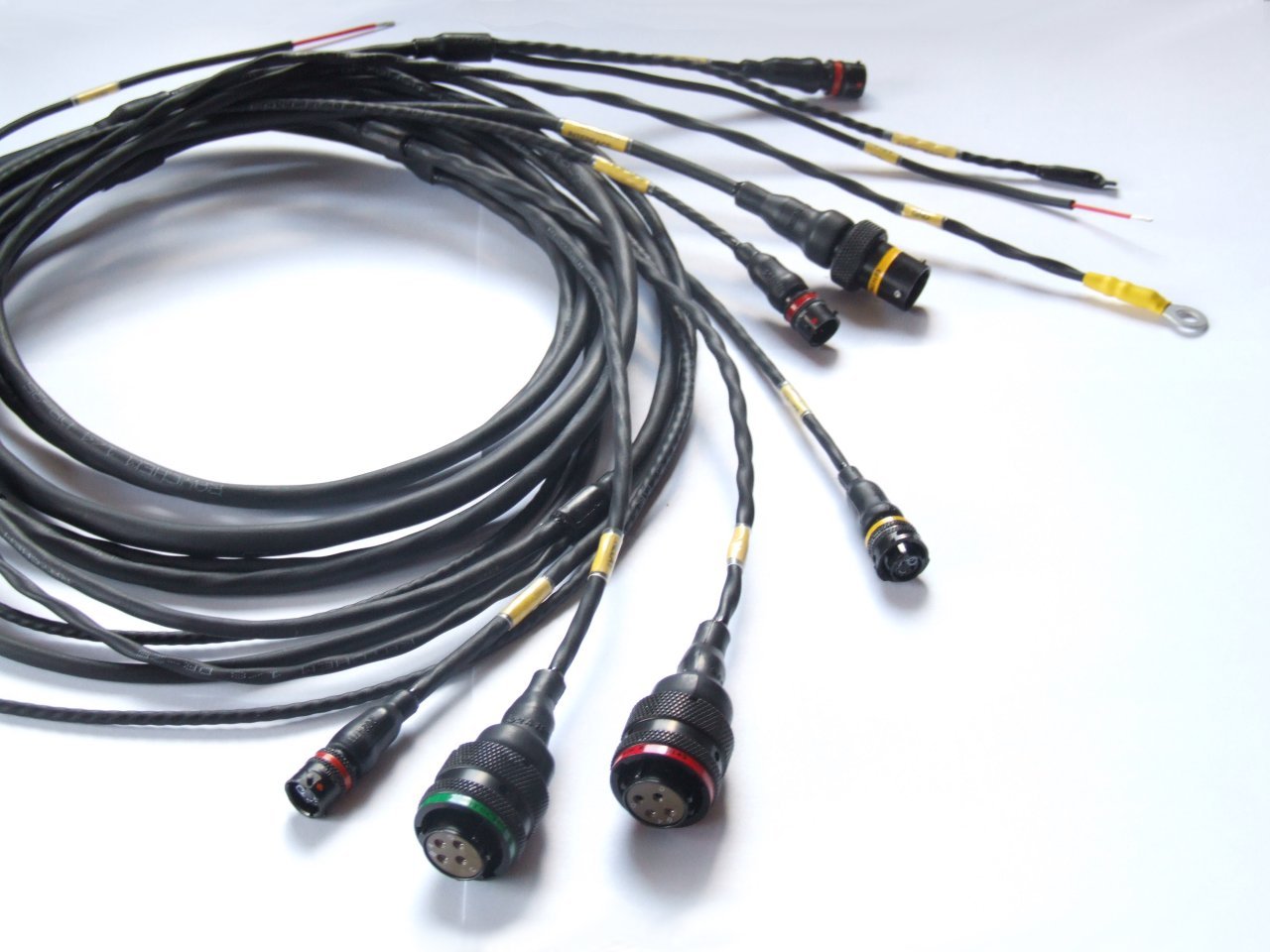Couldn't really find what i wanted, so...
I have assumptions based on things i know about wire harness design in other racing series... can i assume that we would see probably NO soldering of conductors within and F1 harness?
That the entire affair is at least mil-spec?
From the pictures in the F1 car threads, they look like they are using Deutsch connectors/terminators?
Using spec 55a conductor?
Who can give me a definitive answer
The reason... i am sick of people still blithering on about soldering in motor vehicles being better than crimping... and then even saying the same for motor racing. I just feel its so old fashioned and not fit for purpose
Who knows, maybe they are correct, and mil-spec crimping is a pile of shite and caused voltage drop over the crimps enough to cause sensative sensors to malfucntion





